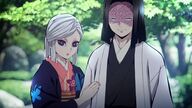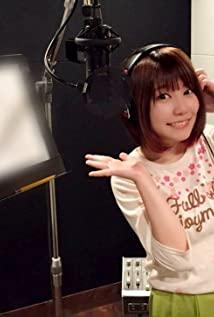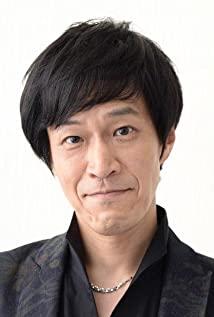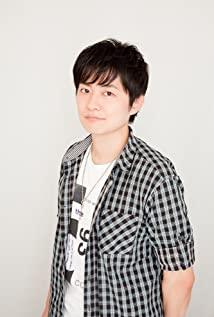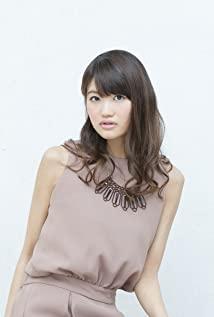TV plus theatrical version, apart from animation production, it is a very mediocre work. The theater version spent most of the time telling the story of Inception, but it did not clearly explain the operating mechanism of this dream world. What exactly does the rope do? At the beginning, the next thing is that it can connect to other people's dreams, but why can the little boy still be in Tanjirou's dream after the rope is burned? How did a little girl without the power to bind a chicken break free from Yan Zhu's hand? How did people except Tanjiro wake up from hypnosis? Before Midouzi and Tanjiro tried so many times, they couldn't wake people from the outside. Did they also commit suicide in their dreams?
Dreams and subconsciousness clearly have a lot of room to make a fuss, portray the characters in depth and lay the groundwork, but they are used to play treasures to see what the subconscious minds of Inosuke and Senyi are. This can only show that the set functionality of the characters is greater than their true character, life experience, and fortunes in the world they are in. Here Tanjirou is a kind little angel, Yanzhu is a tragic hero, and Inosuke and Zeni are the clowns who adjust the atmosphere.
The villain muttered to himself in the front of the car for so long without explaining the working mechanism of his ability. All the above can only show that the author has no ability to build a complete and self-consistent world system, even in this one and a half hour dream.
I don't think the action scenes that have been touted repeatedly are so brilliant. From TV to theatrical version, what is the difference between the abilities of the first, second, and third types of the various breathing schools? In my opinion, it is the water, fire, and electric skin effects of the medium cup, the large cup, and the super large cup. On the one hand, it is a test of the action design itself, on the other hand, it is the imagination to use the ability. The former can refer to "Foreigners: Tan of No Emperor's Blade", and the representative of the latter is "JOJO".
You can see traces of many other works in "Ghost Destruction", and then simplify them further. It provides a sense of security and certainty, without any burden, without thinking, and without providing any unique new things. Everything is familiar. The rest only needs to follow the character to make facial expressions, we should cry, we should smile.
View more about Demon Slayer: Mugen Train reviews






